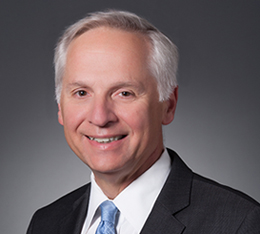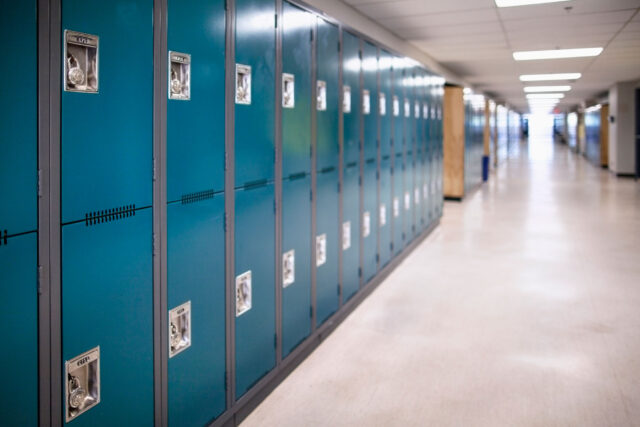California is gearing up for its third statewide election in three years. Has public opinion shifted during these tumultuous times? We examine trends in the April PPIC Statewide Survey on three vexing issues facing state officials—COVID-19, education, and the economy—and how voters are rating the officeholder in the top-of-the-ticket race this fall, Governor Gavin Newsom. We find the political landscape for this year’s election to be distinct from last year’s governor’s recall and the 2020 presidential election—and highly unsettled.
As the state transitions from pandemic to endemic, perceptions of COVID-19 have dramatically changed. Today, 18% of likely voters are “very worried” about getting sick from the virus, which is a 21-point decline from April 2020. Still, many are expressing COVID fatigue after ongoing experiences with variants, surges, and setbacks: 37% say their lives have been disrupted “a lot” by the pandemic and 40% report that COVID has had a “negative impact” on their mental health. Deep partisan divides persist on public health issues such as support for vaccine requirements for students (88% Democrats, 42% Republicans, 62% independents) and teachers (89% Democrats, 45% Republicans, 65% independents).
California’s K–12 public schools are in a more normal place today than at any time in the past two years. Yet nearly half of likely voters (48%) still say that the quality of education has gotten worse in the past few years while just 10% say there has been improvement. A slim majority (52%) think that the state’s K–12 public education system is going in the right direction; 46% say it is going in the wrong direction. Half believe that their local public school does not have enough state funding, six in ten feel that their local teachers are underpaid, and majorities would vote “yes” on state and local school construction bonds if they appear on the statewide ballot. There are deep partisan divisions in perceptions of the state’s K-12 public school system (right direction: 80% Democrats, 15% Republicans, 41% independents) and support for a state school bond (73% Democrats, 32% Republicans, 52% independents).
Views about the state’s economic outlook have been incredibly unstable over the past two years. This month, we see a majority of likely voters (59%) predicting “bad times” and 39% expecting “good times” for the California economy during the next 12 months. A year ago, positive attitudes predominated (55% good times, 43% bad times), in stark contrast to the overwhelming doom and gloom about the state’s economy in the early days of the pandemic (21% good times, 78% bad times). Today, 56% of Democrats, 36% of independents, and 16% of Republicans expect good economic times in California in the next 12 months. Fewer than half have a positive economic outlook across regions and demographic groups.
Majorities of likely voters approve of Governor Newsom’s handling of the state’s K–12 public education system (57%) and jobs and the economy (54%)—even in the context of the mixed reviews of the state of affairs in these two key issue areas. In fact, the governor’s approval ratings have consistently been in positive territory on education (58%, April 2021; 74%, April 2020) and the economy (59%, April 2021; 57%, May 2020) during the past two years. Moreover, the governor’s approval ratings on these specific issues are generally in line with the governor’s overall approval ratings in both the March PPIC survey (50% approve) and February PPIC survey (57% approve) this year. Today, as in the past, partisan divisions run deep on approval for Governor Newson overall and specifically on education and the economy. But in an election year, it is important to remember that the voter registration advantage of the Democrats over the Republicans is now at 23 points (47% to 24%).
California likely voters are sending conflicting signals in the early stages of the 2022 midterm election. On the one hand, at the top of the ticket the governor is generating positive reviews, placing him in a strong position for reelection. Moreover, the replacement candidates on the 2021 governor’s recall ballot are skipping the 2022 race, and new challengers face a daunting task of introducing themselves to voters. But while perceptions of the pandemic have dramatically improved, there is palpable unease and significant discontent about the economy and education after two years of disruptions and much frustration. And the electorate remains deeply divided along party lines, as in the years of the Trump presidency.
The governor may have short coattails this year, leaving the down-ticket races to be determined by unknowns. What will be the future course of the Russia invasion of Ukraine, and how will this horrific war affect the lives of Californians? What will be the impact of issues closer to home such as crime, gun violence, and homelessness? The PPIC Statewide Survey will continue to track key issues driving the 2022 election when we turn our attention to statewide races, House races, and ballot propositions.




